"CyberHoot's cyber awareness training is a game-changer for businesses looking to build a strong security culture."
Discover and share the latest cybersecurity trends, tips and best practices – alongside new threats to watch out for.
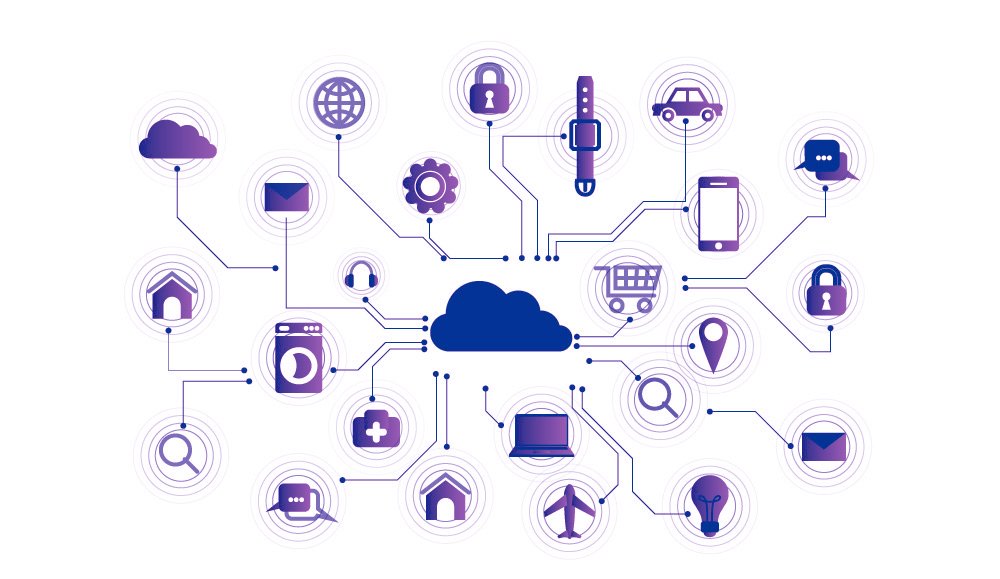
The Internet of Things (IoT) is any device or machine that has the ability to transfer data over a...
Read more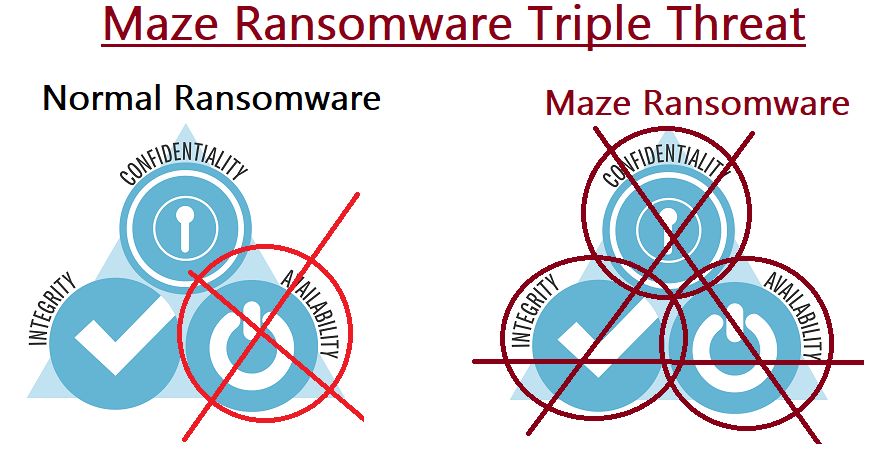
Ransomware has grown in popularity as a tool used by hacking groups to attack any and all companies as evidenced...
Read more
In 2020, the number of daily smartphone users in the world totals 3.5 Billion or 45% of the...
Read more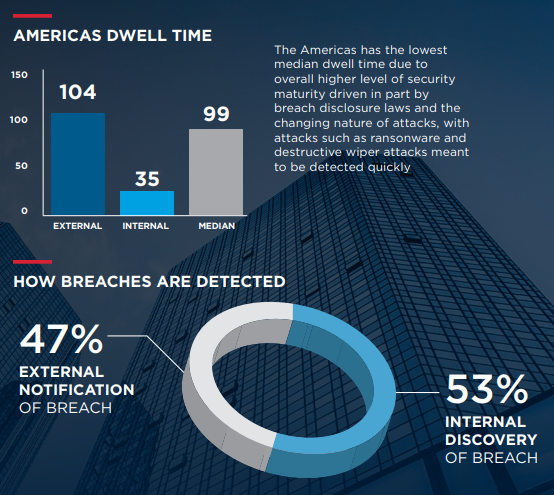
Dwell Time is the amount of time threat actors go undetected in an environment. In other words, when a...
Read more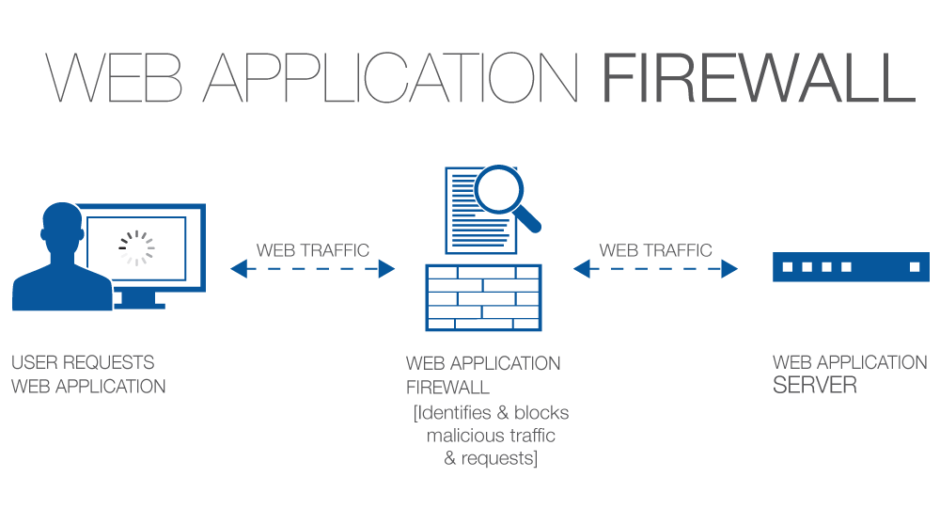
A Web Application Firewall (WAF) is used to protect web applications by filtering and...
Read more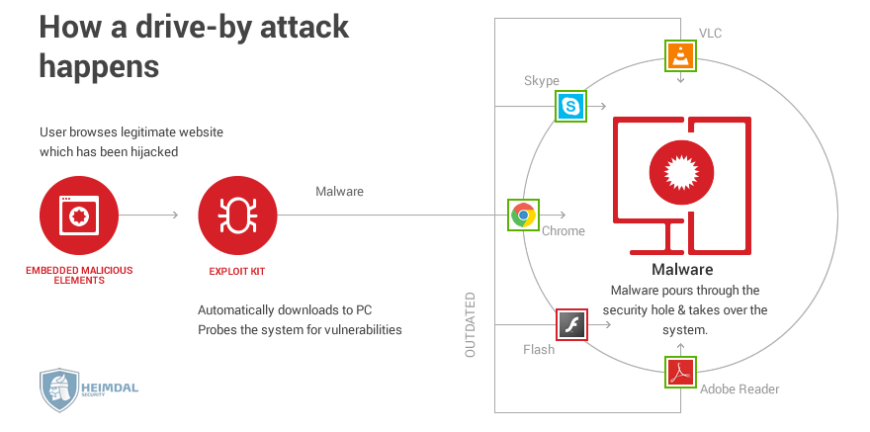
A Drive-By Download is the unintentional download of malicious code to your computer or mobile device...
Read more
A Wired Equivalent Privacy (WEP) is a deprecated wireless security protocol that was designed to...
Read more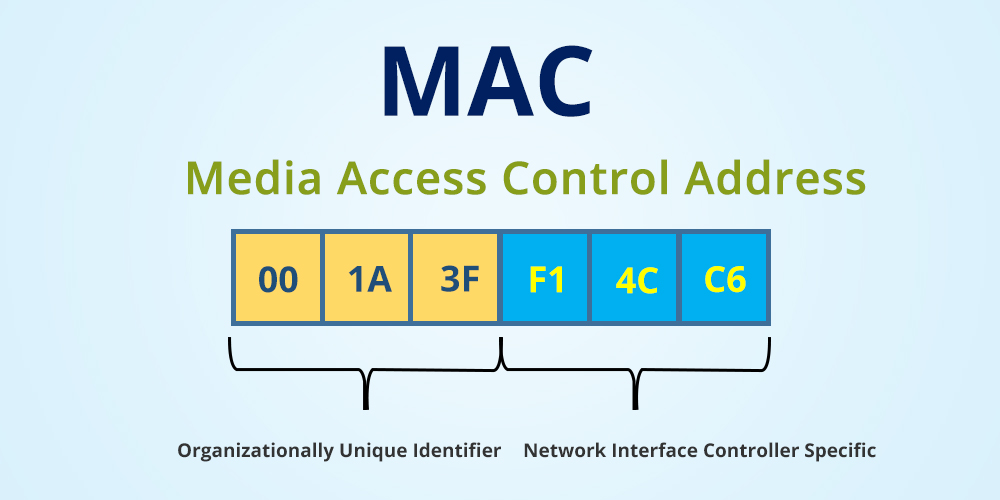
A Media Access Control (MAC) Address is a hardware identification number that is uniquely assigned to...
Read more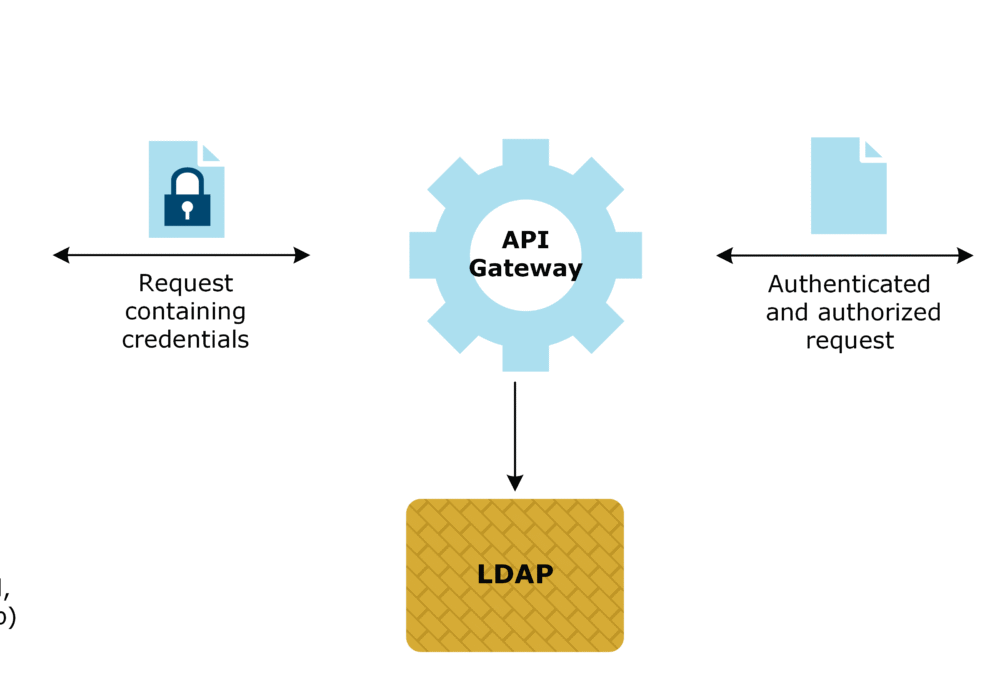
A Lightweight Directory Access Protocol (LDAP) is an open, vendor-neutral, industry standard...
Read moreGet sharper eyes on human risks, with the positive approach that beats traditional phish testing.
